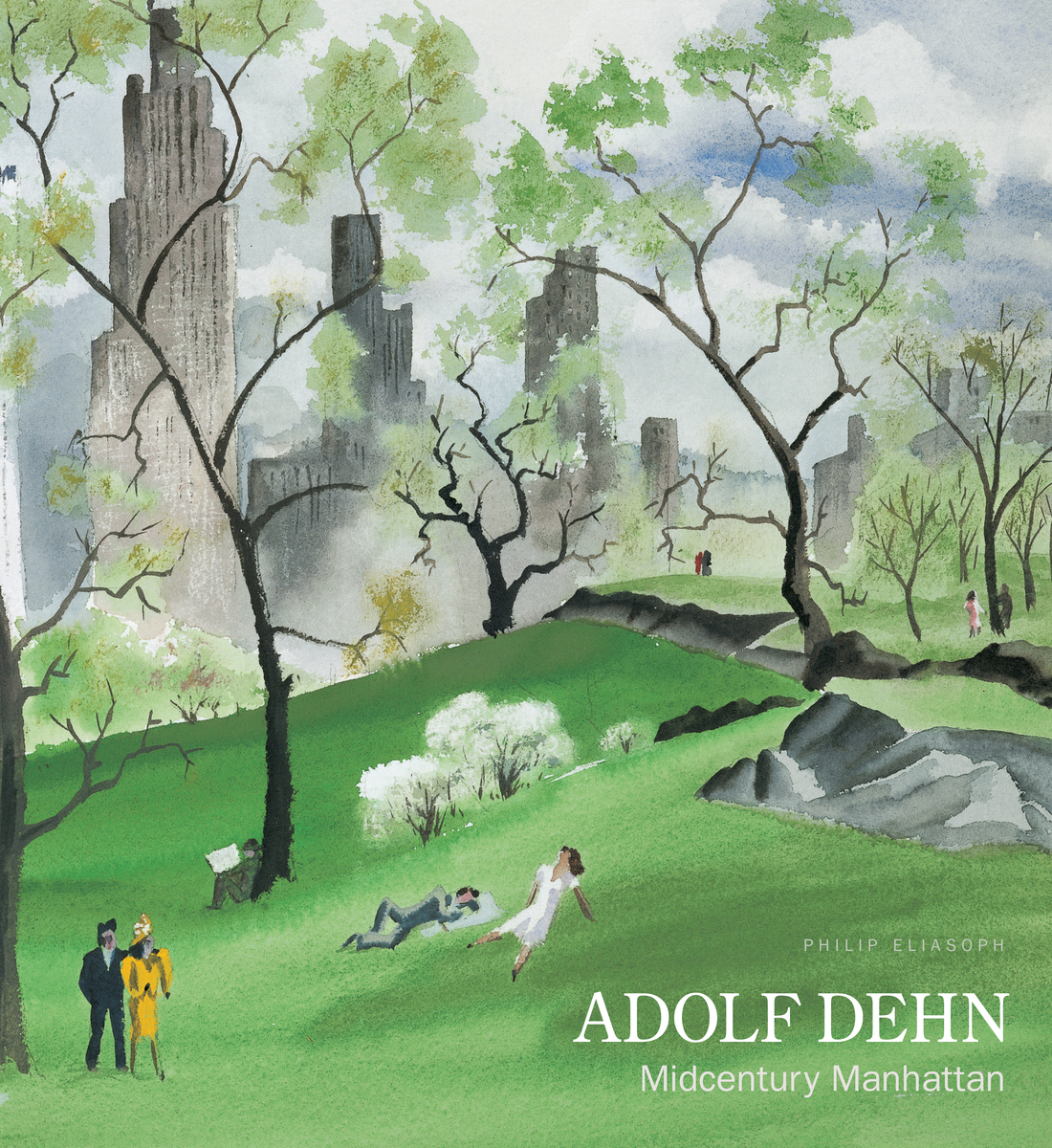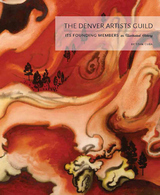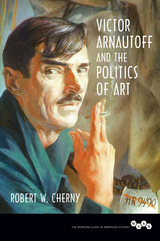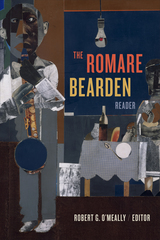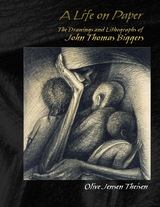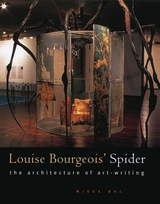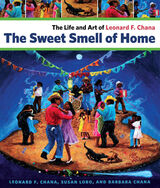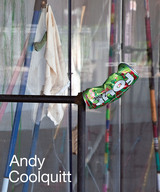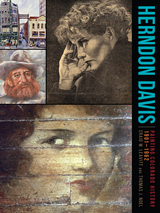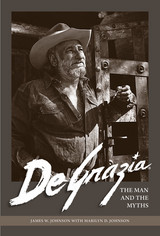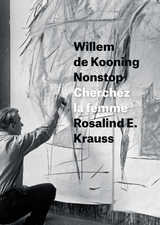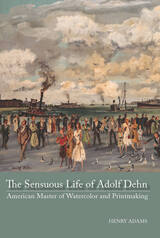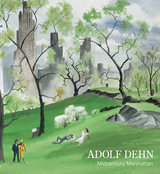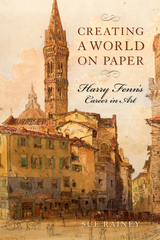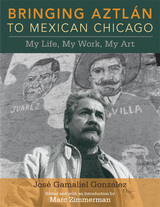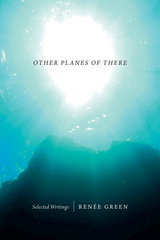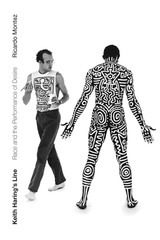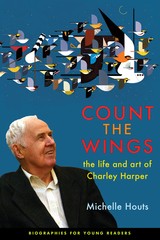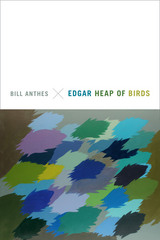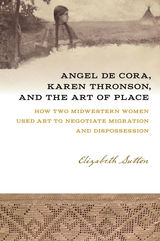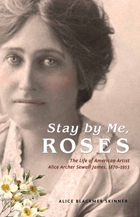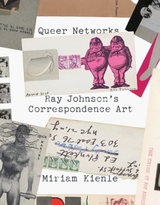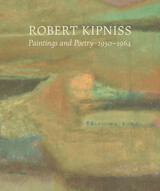Adolf Dehn: Midcentury Manhattan
The Artist Book Foundation, 2017
Cloth: 978-0-9962007-1-4 | eISBN: 979-8-9872281-3-5
Library of Congress Classification N6537.D4355E45 2017
Dewey Decimal Classification 769.92
Cloth: 978-0-9962007-1-4 | eISBN: 979-8-9872281-3-5
Library of Congress Classification N6537.D4355E45 2017
Dewey Decimal Classification 769.92
ABOUT THIS BOOK | AUTHOR BIOGRAPHY | TOC | EXCERPT
ABOUT THIS BOOK
Adolf Dehn (1895–1968), American painter in multimedia and acclaimed master lithographer, left his Minnesota hometown after formal training at the Minneapolis Art Institute to study at the Art Students League in New York. He toured Europe in the early 1920s, quickly acclimating to the continental lifestyle and adeptly depicting its nuances and idiosyncrasies with prolific lithographs and sketches. His critical and satirical renderings of the political movements, social conventions, and governmental policies in post–World War I Europe during “Le Crazy Years” gave the Midwestern artist ample material for his growing body of work.
Sailing back to the United States in 1929, Dehn survived the Great Depression with commercial artwork and contributions to popular magazines such as The New Yorker, Vogue, and Vanity Fair. His clever drawings that reflected the Jazz Age’s culture and fashionable society made him a favorite of Frank Crowninshield, Vanity Fair’s renowned editor.
During this time, while Dehn captured the heyday of Manhattan’s burlesque theaters, lively Harlem nightclubs, impressive skyline, and busy harbor, he was continuously drawn to Central Park—his predilection for the city’s magnificent green space was a sustaining source of inspiration and subject matter. Adolf Dehn: Midcentury Manhattan candidly examines the life and work of this exceptional, adventurous, and intrepid artist as he moved skillfully and capably between lithography, ink-wash drawings, gouache, casein painting, and watercolors. Combining numerous vintage photographs with newly discovered, Manhattan-inspired prints and drawings from the collections of, among others, the Whitney Museum of American Art, MoMA, and The Metropolitan Museum of Art, Adolf Dehn: Midcentury Manhattan traces how Dehn’s art reflected the spirit, pulse, and uniquely American tonalities of The City of Dreams.
Sailing back to the United States in 1929, Dehn survived the Great Depression with commercial artwork and contributions to popular magazines such as The New Yorker, Vogue, and Vanity Fair. His clever drawings that reflected the Jazz Age’s culture and fashionable society made him a favorite of Frank Crowninshield, Vanity Fair’s renowned editor.
During this time, while Dehn captured the heyday of Manhattan’s burlesque theaters, lively Harlem nightclubs, impressive skyline, and busy harbor, he was continuously drawn to Central Park—his predilection for the city’s magnificent green space was a sustaining source of inspiration and subject matter. Adolf Dehn: Midcentury Manhattan candidly examines the life and work of this exceptional, adventurous, and intrepid artist as he moved skillfully and capably between lithography, ink-wash drawings, gouache, casein painting, and watercolors. Combining numerous vintage photographs with newly discovered, Manhattan-inspired prints and drawings from the collections of, among others, the Whitney Museum of American Art, MoMA, and The Metropolitan Museum of Art, Adolf Dehn: Midcentury Manhattan traces how Dehn’s art reflected the spirit, pulse, and uniquely American tonalities of The City of Dreams.
See other books on: In art | Individual Artists | Modern (late 19th Century to 1945) | Monographs | New York (N.Y.)
See other titles from The Artist Book Foundation
